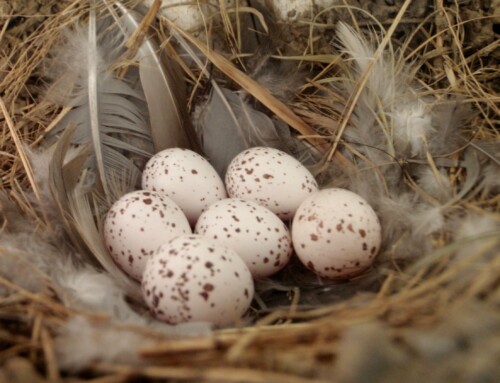LINKED PAPER
The importance of guano birds to the Inca Empire and the first conservation measures implemented by humans. Rodrigues, P. & Micael, J. 2020. IBIS. DOI: 10.1111/ibi.12867 VIEW
Although the Inca Empire extended throughout much of South America, a large part of this pre-Columbian empire was founded on infertile grounds. Think of the dry Atacama desert or the rocky outcrops of the Andean mountains. How did the Incas manage to establish agricultural practices in these places? The answer comes from an unlikely location, namely several islands along the South American Pacific coast. There, local communities collected guano – the accumulated excrement of seabirds – from different bird colonies. Specifically, guano was retrieved on the offshore islands of Lobos, Guanape and Chincha in Peru as well as Tarapacá and Mejillones in Chile. This substance is rich in nutrients, such as nitrogen, phosphorus and potassium, making it an excellent natural fertilizer. The Incas did not only use guano to support agriculture along the coast, they transported it across the entire empire, including the iconic Machu Picchu in the Andes (Snyders 2011).
Penal code
The most important guano-producing bird species were the Guanay Cormorant (Leucocarbo bougainvillii), the Peruvian Pelican (Pelecanus thagus) and the Peruvian Booby (Sula variegata). The Incas realized the importance of these bird colonies and their guano, as illustrated by their worship of the goddess Urpi Huáchac, also known as ‘Lady of Guano’ (Curatola 1997). More importantly, they established a comprehensive management system to protect these seabirds. A penal code was instated to prevent the disturbance of the colonies and avoid the stealing of eggs (de la Vega 1609). Anyone who disturbed or killed a bird was sentenced to death. This policy can be seen as the first conservation measures implemented by humans to protect animals and their natural habitat.
Figure 1 Map of the Inca Empire (grey) with the most important guano deposits (black dots) along the western coast of South America.
Guano boom
The spiritual relationship between the Incas and the seabird colonies stands in stark contrast to the more recent attitudes towards these species (Duffy 1994). In the 19th century, Peruvian guano was over-exploited and exported to North America and Europe. This guano boom resulted in the decline of these seabird colonies, partly because thousands of young birds were killed so that diggers could access the guano (Cushman 2005). At the beginning of the 20th century, conservation measures were implemented to restore the damage inflicted by the guano diggers. Hopefully, these measures will take effect quickly and the seabird colonies will not face the same fate as the Inca Empire.
References
Curatola, M. (1997). Guano: una hipótesis sobre el origen de la riqueza del Señorío de Chincha. In R.V. Gabia & J.F. Espinoza (eds) Homenaje a María Rostworowski, Historia Andina: 223– 239. Lima: Instituto de Estudios Peruanos.
Cushman, G.T. (2005). The most valuable birds in the world: international conservation science and the revival of Peru’s guano Industry, 1909–1965. Environmental History 10: 477– 509. VIEW
Duffy, D.C. (1994). The guano islands of Peru: the once and future management of a renewable resource. BirdLife 1: 68–76. VIEW
Snyders, H. (2011). Stinky and Smelly – but Profitable: the Cape Guano Trade, c. 1843–1910. Stellenbosch: Stellenbosch University. VIEW
de la Vega, G.I. (1609). Primera Parte de los Comentarios Reales de los Incas. Chapter III, Book V. Lisbon: Oficina de Pedro Crasbeeck.
Image credits
Featured image: Guanay Cormorant Leucocarbo bougainvillii| Véronique Debord-Lazaro | CC BY-SA 2.0 Wikimedia Commons





